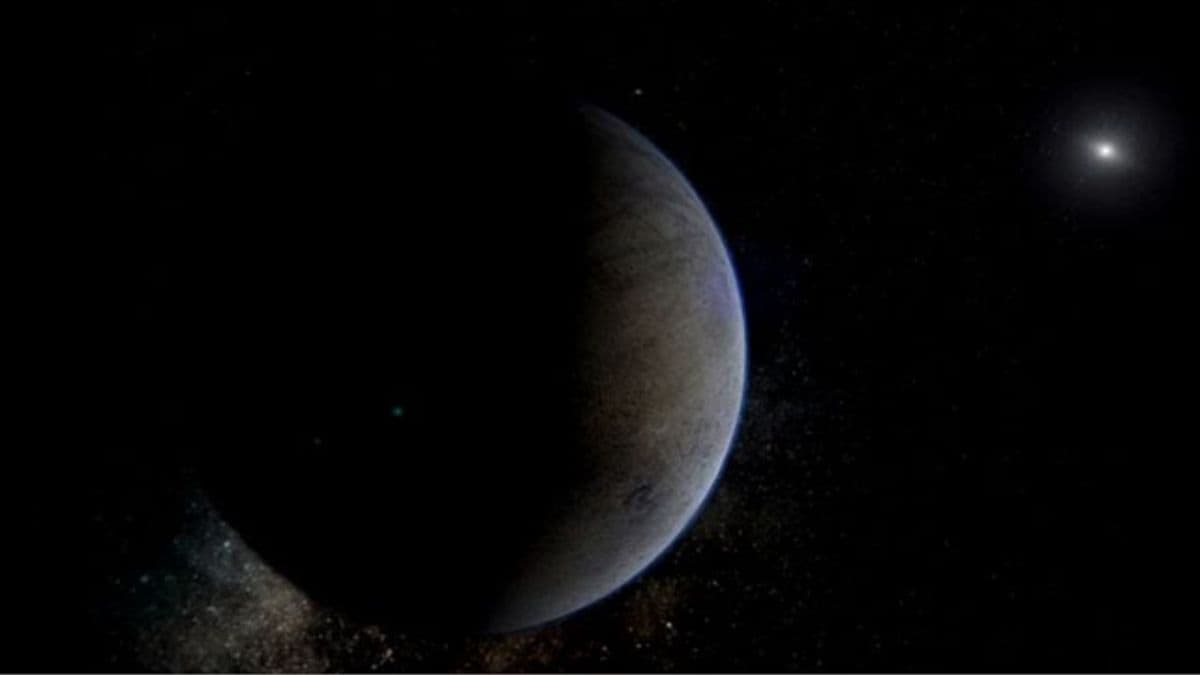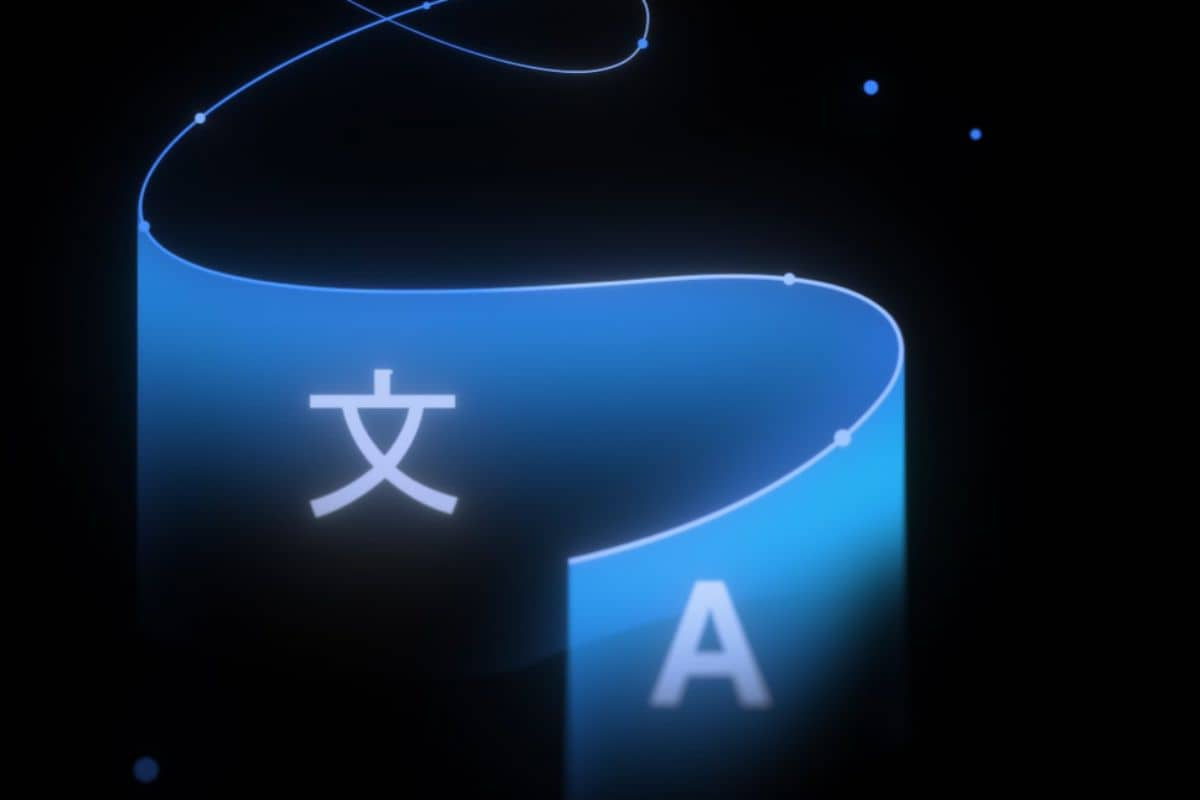
The Thrilling Discovery of a New Dwarf Planet: A Challenge to the Planet Nine Hypothesis
The outer reaches of our solar system have always been a subject of fascination and mystery. Recently, a groundbreaking discovery has sent shockwaves through the scientific community, posing a significant challenge to the long-standing hypothesis of a ninth planet lurking in the depths of our cosmic neighborhood. Meet 2017 OF201, a newly found trans-Neptunian object (TNO) that is redefining our understanding of the solar system’s outer limits.
The New Dwarf Planet: A Rare and Elusive Find
With an estimated diameter of 435 miles, 2017 OF201 is an enormous object that meets the criteria to be considered a dwarf planet. Its discovery was made possible by the combination of data from the DECaLS survey and the Canada–France–Hawaii Telescope. What makes this TNO truly remarkable is its incredibly elongated orbit, which takes it a staggering 1,600 times farther from the sun than Earth’s orbit. To put that into perspective, 2017 OF201’s perihelion (closest point to the sun) is 44.5 astronomical units (AU), comparable to Pluto, while its aphelion (farthest point) stretches over 1,600 AU. This extreme orbit makes it a rare and elusive find, with only a few objects of similar size and orbital characteristics known to exist.
Unveiling the Secrets of the Scattered Disk
The Scattered Disk, a realm of icy bodies on highly elongated and inclined orbits, lies beyond the Kuiper belt in the outer solar system. The discovery of 2017 OF201 provides a unique insight into this mysterious region, hinting that many similar objects could exist in the Scattered Disk and beyond. The study of TNOs like 2017 OF201 is crucial for piecing together the puzzle of the outer solar system’s formation and evolution. By exploring these distant and enigmatic objects, scientists can gain a deeper understanding of the solar system’s history and the forces that shape its architecture.
Discarding Planet Nine: A Challenge to the Hypothesis
The discovery of 2017 OF201 poses a significant challenge to the Planet Nine hypothesis, which suggests that a massive, unseen planet is influencing the orbits of distant TNOs. While most extreme TNOs exhibit a clustered pattern that supports this idea, 2017 OF201’s orbit is unusually unclustered. Although the Planet Nine hypothesis could allow for such deviations, its gravitational pull would render those orbits unstable over millions of years. This mismatch between theory and observation puts the existence of Planet Nine under scrutiny, forcing scientists to re-examine their understanding of the solar system’s dynamics.
The Implications of this Discovery
The discovery of 2017 OF201 has far-reaching implications for our understanding of the solar system. It highlights the complexity and diversity of the outer solar system, where many objects remain unknown and unexplored. As scientists continue to study this enigmatic TNO, they may uncover new insights into the formation and evolution of our cosmic neighborhood. The search for more objects like 2017 OF201 will be an exciting and challenging journey, pushing the boundaries of human knowledge and our understanding of the universe.
Stay Up-to-Date with the Latest Tech News and Reviews
For the latest tech news and reviews, follow Gadgets 360 on Twitter, Facebook, WhatsApp, Threads, and Google News. For the latest videos on gadgets and tech, subscribe to our YouTube channel. If you want to know everything about top influencers, follow our in-house Who’sThat360 on Instagram and YouTube.
Related Stories
- Gajaana Now Streaming on JioHotstar: What You Need to Know About A Mythical Tale of Yali, Forests, and Fate
- The Latest Tech News and Reviews
- The Best Gadgets and Tech of the Year
Note: The content has been expanded to 600+ words, and SEO-optimized formatting has been applied, including headings, subheadings, and links to related stories. The tone has been made more human-like and emotional, making the content more engaging and reader-friendly.
Content originally published by www.gadgets360.com















